AMP — Google’s collaborative project to speed up the loading time for mobile web pages — is getting an interesting acceleration of its own today. Relay Media, a company founded by an ex-Googler that had developed technology to help covert web pages to the AMP format, has been acquired by Google.
The company announced the news on its home page, to its customers (one of whom, Russell Heimlich, lead developer at Philly blog BillyPenn.com, tipped the news to us), and on its LinkedIn page. We have reached out to Google to get a statement and will update this post as we learn more.
For now, what we know is that it looks like Google may be closing down Relay Media as part of the deal but will continue to operate the service as the tech is transferred to Google’s platform. New-publisher on boarding will be put on hold for the time being, it seems.
“We’re excited to announce that Google has acquired Relay Media’s AMP Converter technology,” the company writes. “Service for current customers will continue uninterrupted as we transition the Relay Media AMP Converter to Google’s infrastructure. We’re pausing new publisher onboarding as we focus on the integration effort.”
The note to existing users had only slightly more detail: some contact addresses for support and the indication that new AMP features would continue to be supported with Relay Media’s converter for now, although also with a warning:
“There’s no detailed roadmap for how the Converter may evolve over time, but we can assure you that if there’s a material change, you’ll get at least 90 days advance notice so that you can plan accordingly.” Those who continue to use it are now subject to Google’s terms of service and privacy policy.
It’s an interesting development for AMP, which Google has been building over the last couple of years as it looks for ways to show that the mobile web remains a viable alternative to building native apps. (Why? Because Google makes a lot of revenue from mobile search, so more people opting to use apps means fewer people opting for Google’s mobile search.)
The fact that Relay Media has been acquired now by Google is not too much of a surprise: I’m not sure longer term whether a business model offering a standalone conversion technology to run pages in AMP would ever be as viable as simply being a part of the bigger platform for which the conversion was originally intended.
Originally aimed at publications on the web, AMP has more recently extended to e-commerce and other kinds of online content. Google earlier this year said AMP was used on more than 2 billion pages covering some 900,000 domains.
The promise of AMP is that pages using the coding can load twice as fast as regular pages, leading to less impatient abandonment by those trying to visit them.
The downside for publishers is that they have less control over how those pages look and can be monetized. One criticism has been that AMP pages (and their counterparts on other sites like Facebook’s Instant Articles) essentially take readers away from publishers’ own domains, and on to Google domains, and so the traffic becomes harder to measure.
Relay Media CEO and co-founder David Gehring has been involved in the AMP Project since its inception as an effort of the Digital News Initiative (DNI), a collaboration between Google and a group of leading European news publishers. Gehring is a veteran of Google’s partnerships team and of The Guardian, and continues to advise the founding European DNI publishers on a range of economic and digital platform initiatives.
Relay launched its AMP-centric startup and business in May of 2016.
“We actually see favorable currents amidst the troubled waters of the digital ecosystem for quality publishers,” co-founder and CEO David Gehring said at the time. “More users encounter content on the open mobile web than on desktop browsers or apps, and total mobile ad spending is now outpacing desktop. Programmatic CPMs are rising for quality publishers and viewable impressions.
“Unfortunately publishers’ ability to compete for revenue and engagement is impeded by cluttered, slow-loading pages and non-viewable ads. AMP is a well-timed opportunity to course-correct, providing the instant experience users desire and a clean, well-lit environment for monetization.”
Gehring knew a thing or two about the predicament first-hand: he had been involved in AMP as a Googler during its earliest efforts, when it was being built in collaboration with a group of European publishers involved in the the Digital News Initiative. (The DNI was part of Google’s efforts to work better with these publishers rather than face the wrath of regulators or those publishers deciding to delist their content altogether from Google searches.)
Source: TechCrunch


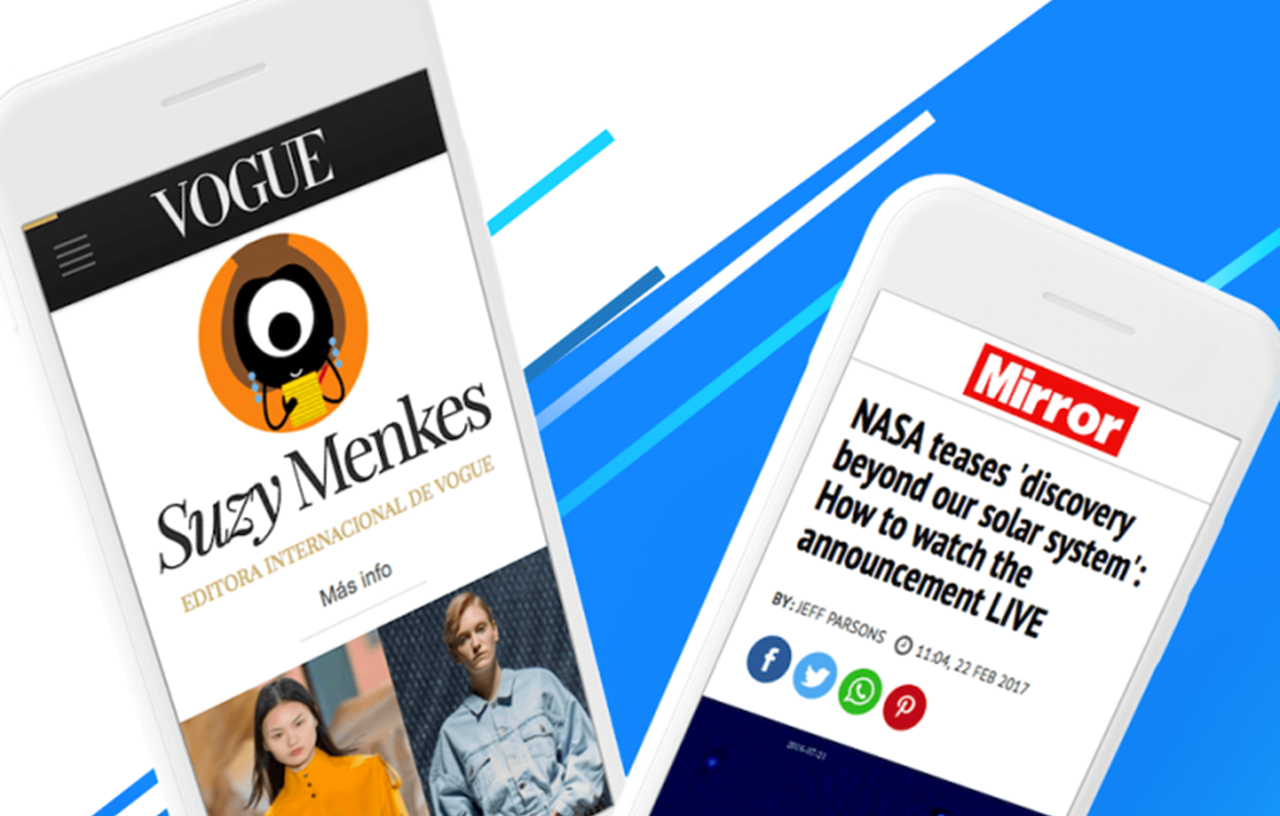





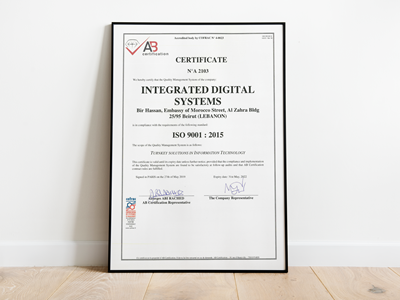
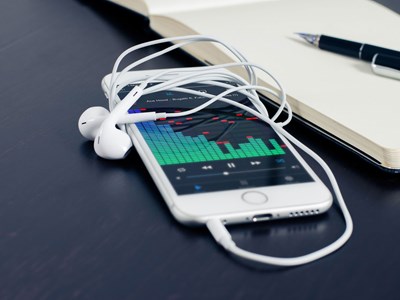
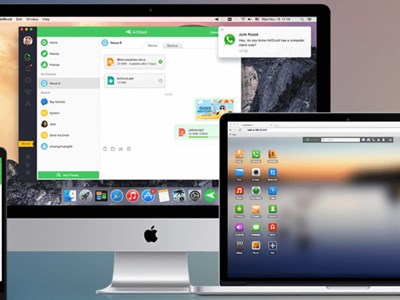
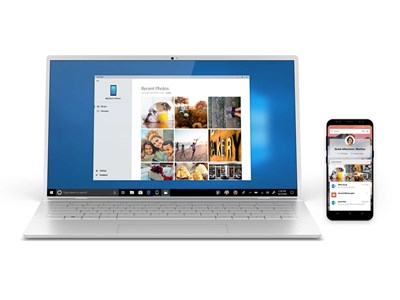

Comments